A Dundee man who had a defibrillator implant fitted in his chest is celebrating a return to sport after he was told he could never play again.
Josh Moncrieff, 24, was diagnosed with hypertrophic cardiomyopathy (HCM) after experiencing chest pains when he was just 18.
Having had the pains as a child, Josh initially didn’t think anything of it.
But one night they became so bad he ended up in A&E at Ninewells.
After a range of tests he was diagnosed with HCM – which causes the heart muscle cells to enlarge and the heart chamber walls to thicken.
Josh, an apprentice at ScotRail, says: “It was difficult to take in. I was so young at the time. They said to me they’d never seen it so severe in someone of my age.”
‘My life changed in an instant’
Josh is sharing his story as the British Heart Foundation (BHF) announces new research into an injectable cure for inherited conditions that can kill young people in the prime of their lives.
“My life changed in an instant,” Josh explains. “I was really into sports and was at college studying it. I was competing a lot.
“But then all of a sudden, I was told I couldn’t do it anymore.
“I don’t think it was the diagnosis I was taken aback by, but more the consequences of it.
‘I played football and loved my sports’
“That was difficult. I played a lot of football and loved my sports, so to be told it would have to stop was hard to take.”
The BHF estimates one in 500 Scots have HCM, most of whom inherit the condition from their parents.
In most cases, HCM will not have an impact on daily life. Some people don’t experience any symptoms and don’t need treatment.
But the condition can be serious: It is the most common cause of sudden unexpected death in childhood and in young athletes.
Within three months of his diagnosis, Josh was fitted with an implantable cardioverter defibrillator (ICD), to help control any potentially life-threatening heart rhythms.
He continues: “At the start, I thought about it a lot. The ICD was quite uncomfortable and so I had to get used to it.
“In the week after it was implanted, I struggled to shower and dress myself. It was harder to sleep too. But I’m used to it now – I’ll have it implanted for the rest of my life.”
And Josh has been told he can return to some of the sports he loved.
He says: “I think it’s really important to stress there is life after diagnosis. At first, I was told I couldn’t do sports.
‘Being able to do the things I love’
“But now my condition has been closely monitored, and because we know so much more as a result of research, my doctors say I can go to the gym, go swimming and play a bit of non-competitive football, which has been great.
“It changed things for me, having that release and being able to do the things I love.”
Family tests
Following Josh’s diagnosis, his gran, mum, sister and most recently his 10-year-old niece underwent genetic testing.
All have been found to carry the faulty gene causing HCM.
However, none of them have developed the condition and Josh is the only member of his family so far needing treatment.
Six years on, the device has never been triggered. Along with medication and regular check-ups, Josh says he lives life to the full and doesn’t let his condition hold him back.
“To be able to find a cure would be amazing. Then we wouldn’t just be managing symptoms,” he continues.
“We would be giving people hope. That would be incredible and that’s why research is so important.”
Finding a cure
The new research, funded by BHF, will seek to develop the first cures for inherited heart muscle diseases.
It aims to pioneer ultra-precise gene therapy technologies that could edit or silence the faulty genes that cause these deadly conditions.
If research is successful, the cure could be available in just a few years’ time.
Josh adds: “The research could have a big impact on my life and my family’s lives.
“I have a young niece with the gene and my daughter is due to be born in four weeks, so hopefully she doesn’t have it.
“But if she does, hopefully there will be success in the research that can help her, even if it can’t help me.”
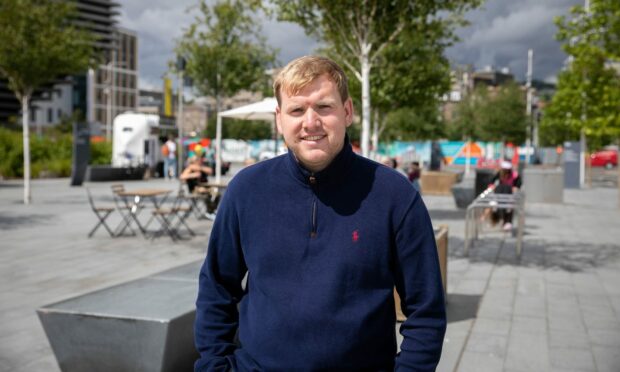
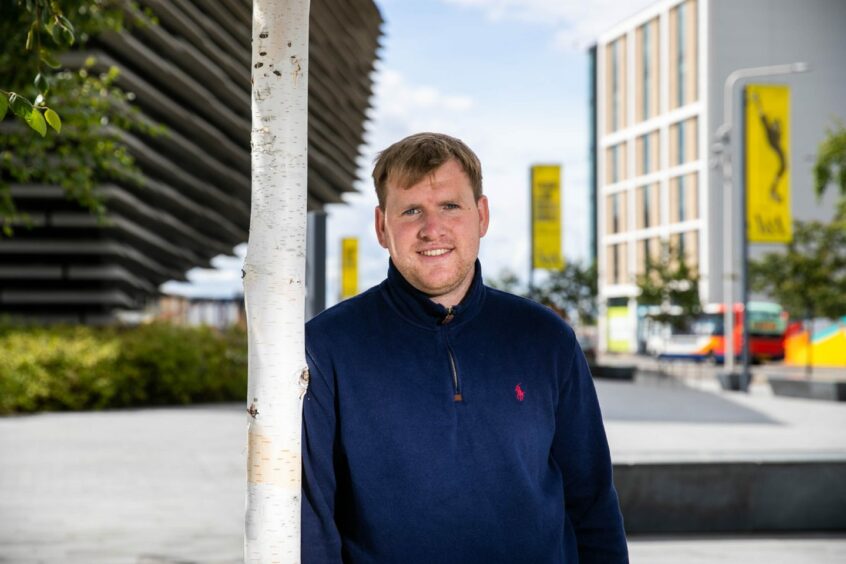
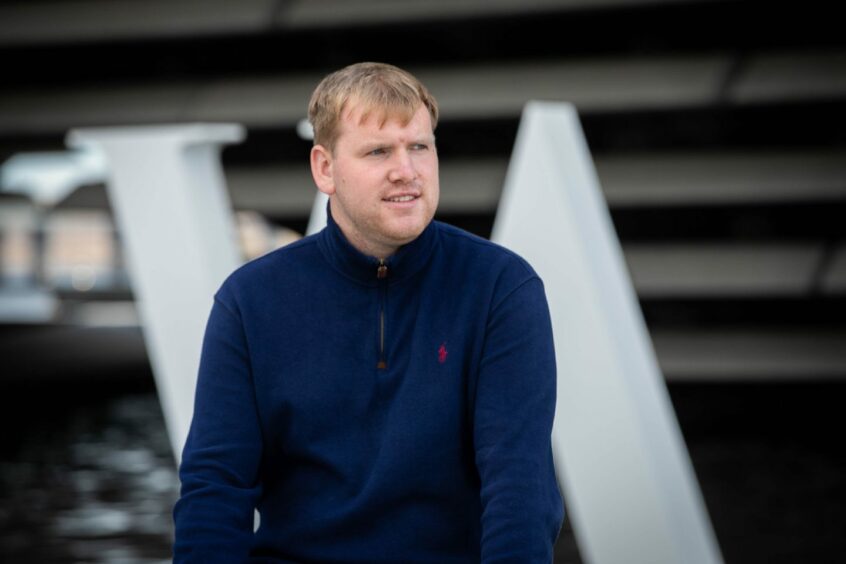
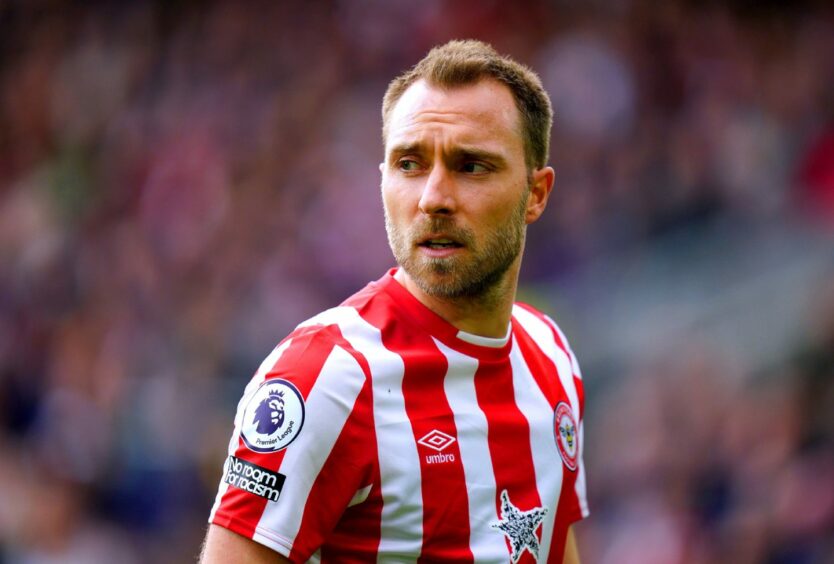
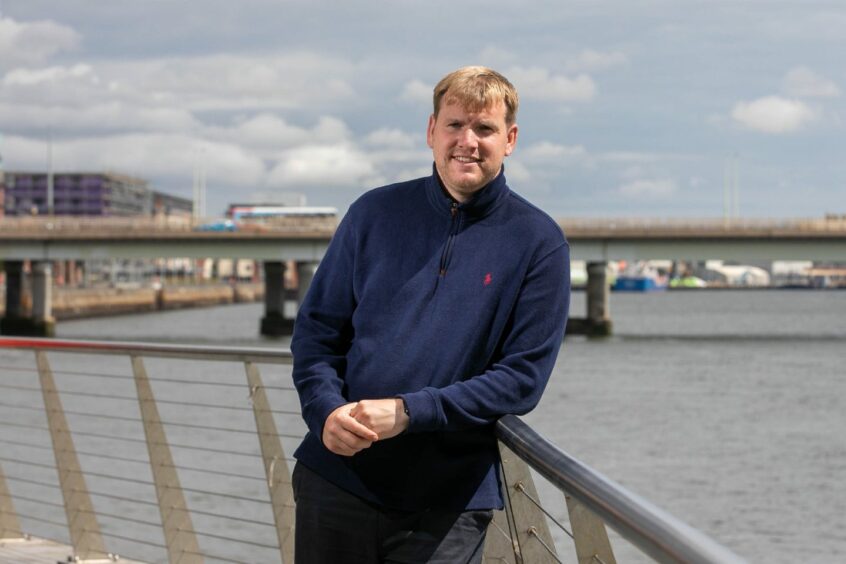

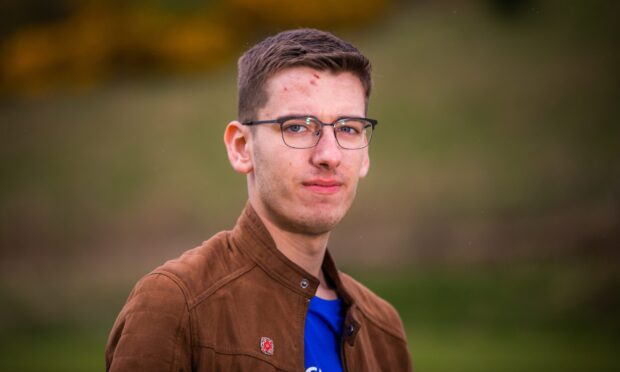

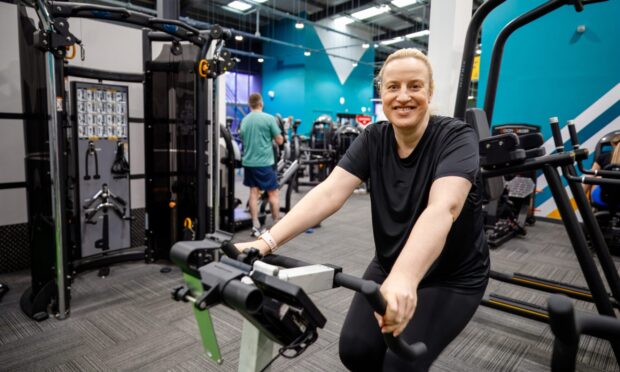
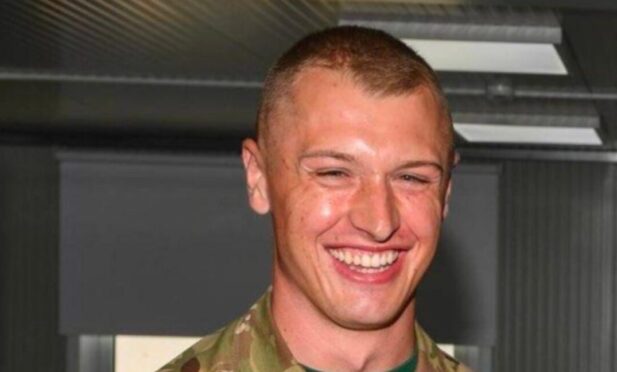
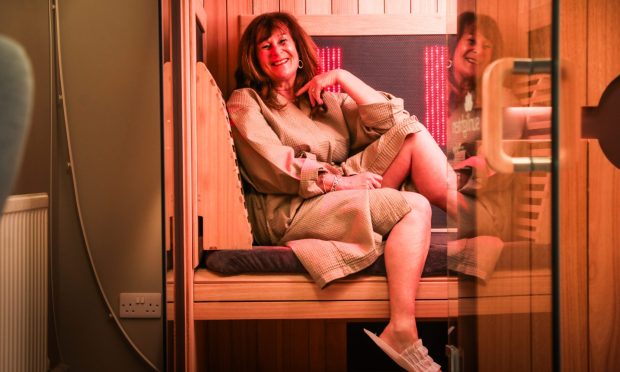
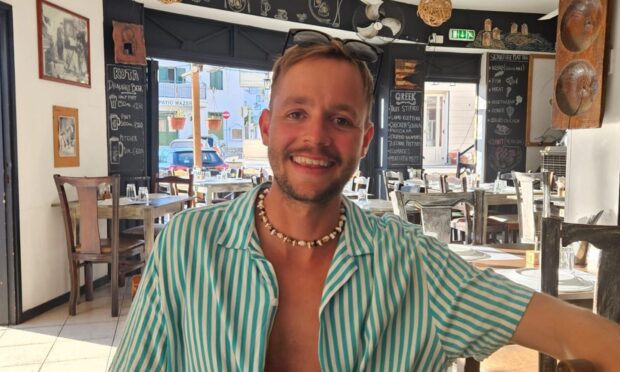
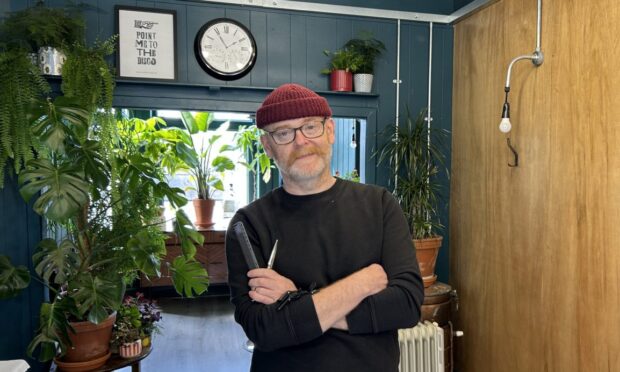
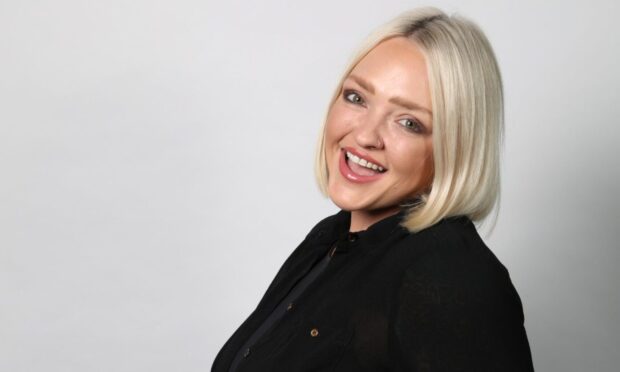
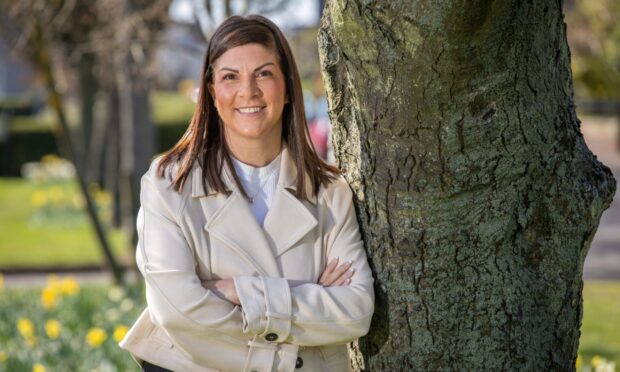
Conversation